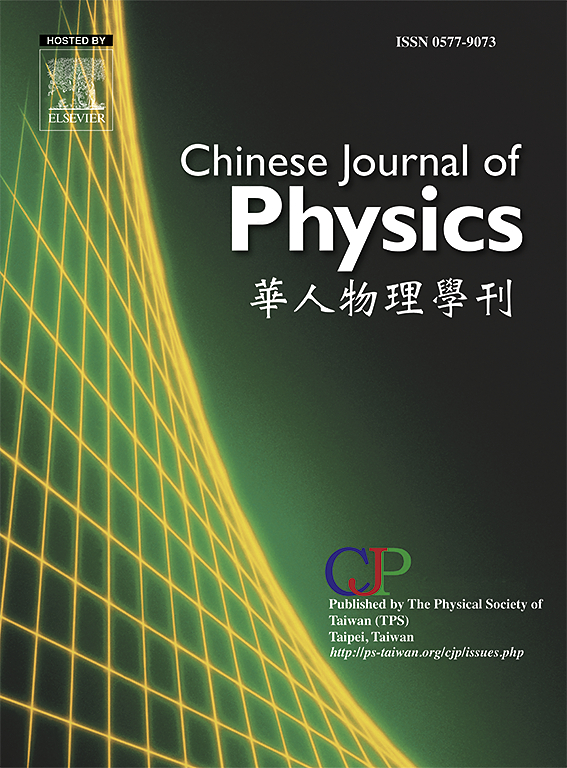AI-led study of dynamic changes in milk containing hybrid nanoparticles in an electromagnetically vibrated channel subjected to thermal oscillations and rapid pressure changes: Implications for dairy industry
IF 4.6
2区 物理与天体物理
Q1 PHYSICS, MULTIDISCIPLINARY
引用次数: 0
Abstract
Oscillating electromagnetic forces generated from a vibrated Riga plate have broad implications across various scientific and engineering domains. Artificial intelligence (AI) is applied to optimize precision and energy efficiency in pasteurization and sterilization by regulating the thermal and dynamic behavior of nanoparticle-infused milk under electromagnetic heating. The technique ensures accurate temperature control, minimizes the risk of overheating, and preserves the milk's nutritional and sensory qualities. It focuses on predicting the thermal and dynamic behaviors of milk infused with silver and zinc oxide nanoparticles in an electromagnetically vibrated channel experiencing thermal oscillations and rapid pressure changes. The research integrates complex physical phenomena such as radiant heat emission and Darcy drag forces, employing Darcy's model to delve into drag within porous media. Detailed mathematical and physical descriptions of milk flow dynamics are established, with solutions efficiently derived using the Laplace Transform (LT) method. The results, encompassing shear stress (SS) and rate of heat transfer (RHT) analyses, are detailed in tables and graphs. Findings indicate enhanced milk momentum with higher modified Hartmann number and reduced momentum with wider electrode spacing. Elevated oscillation frequencies of the left channel wall stabilize milk flow in both hybrid nano-milk (HNM) and nano-milk (NM). Larger Casson parameter improves SS, while higher radiation parameter reduces RHT. An AI-driven artificial neural network (ANN) is employed for precise estimations, achieving 98.022% accuracy in SS testing, 98.99% in cross-validation, and a flawless 100% accuracy for RHT. The research findings can be implemented to precisely control the mixing of milk and its physical features at a molecular level, enabling more even heat distribution and faster, more efficient pasteurization or homogenization processes.

求助全文
约1分钟内获得全文
求助全文
来源期刊

Chinese Journal of Physics
物理-物理:综合
CiteScore
8.50
自引率
10.00%
发文量
361
审稿时长
44 days
期刊介绍:
The Chinese Journal of Physics publishes important advances in various branches in physics, including statistical and biophysical physics, condensed matter physics, atomic/molecular physics, optics, particle physics and nuclear physics.
The editors welcome manuscripts on:
-General Physics: Statistical and Quantum Mechanics, etc.-
Gravitation and Astrophysics-
Elementary Particles and Fields-
Nuclear Physics-
Atomic, Molecular, and Optical Physics-
Quantum Information and Quantum Computation-
Fluid Dynamics, Nonlinear Dynamics, Chaos, and Complex Networks-
Plasma and Beam Physics-
Condensed Matter: Structure, etc.-
Condensed Matter: Electronic Properties, etc.-
Polymer, Soft Matter, Biological, and Interdisciplinary Physics.
CJP publishes regular research papers, feature articles and review papers.
 求助内容:
求助内容: 应助结果提醒方式:
应助结果提醒方式:


